
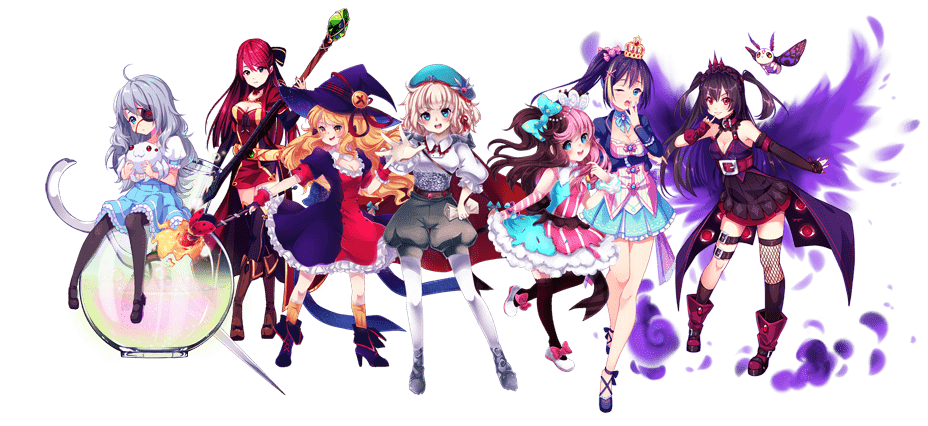
TinyWars is a 2D anime themed defense/strategy game for PC and mobile. The game was programmed, designed, and funded by Andrew Taraba.
The following is a detailed project breakdown.
THE BREAKDOWN
PHASE 0: Team Hiring

TALENT SEEKING & TEAM HIRING
Many aspects of the game were planned out in advanced; as a result, we were able to seek out talent and hire members for all areas of the development from artists to musicians. We had assets coming in from all teams simultaneously and this allowed us to easily string together a highly polished first prototype.
Andrew Taraba was in charge of hiring and directing all members of the project. Currently the TinyWars credits list is over 25 members.
FIRST STEPS
We opted to utilize an “end product first” approach to the development of TinyWars. This meant that all of the mockups and designs were geared towards an “if final” perspective.
This approach allowed us to sacrifice optimization of code for a fast turnaround of a visually polished end product; this in turn, allowed us to release as playable and fully featured prototype to the public in a short amount of time.

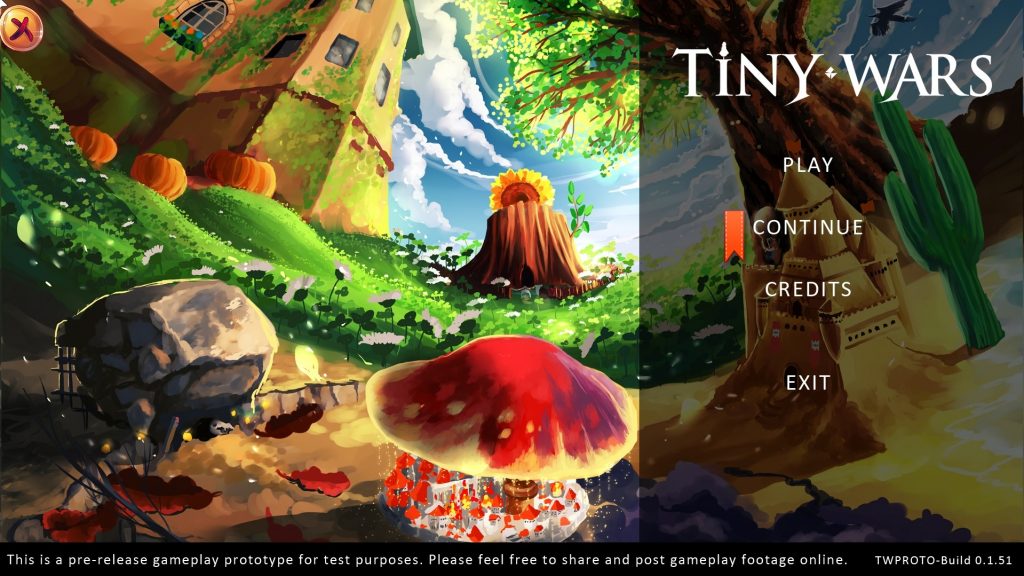
PHASE 1: UI and Animations

VISUAL GUI ANIMATIONS
The main attraction for TinyWars is the single-player campaign. In order to help retain the player’s interest and really bring the full experience to life we implemented seamless animations and effects throughout the GUI and in the game itself.
Even the smallest things such as the tower defense grid, menu items, and splash damage have unique animations that are fine tuned for each attack and unit. The player should get a total sense of satisfaction when upgrading to the strongest unit as a massive explosion fills the screen and a flash of lightning signifies the arrival of the strongest unit.
The visual design of TinyWars is clearly defined, whether the player knows anything about the game or not, the themes of the game should be obvious from just seeing the first menu designs.
Witches, Monsters, and Magic are all themes of the game which are presented from a magical looking book menu to a tower defense grid that is an array of summoning circles. The elements of the UI were hand selected to fit the theme, nothing is generalized.

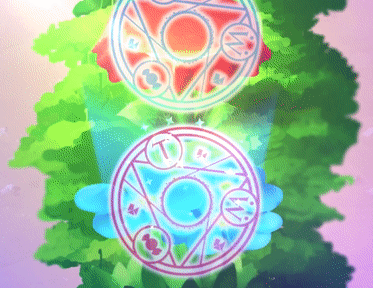
PHASE 2: Programming
PROGRAMMING WITH GML
The game was programmed using GML from GM:Studio. Andrew Taraba was in charge of programming the entire project. Many elements such as GUI Scaling and touch features were inspired from his work as a web designer.
The initial run of the game was play tested and revised 8 times before it was ready to be launched on the GooglePlay Store and available for Windows download to the public.
The game was tested and the code was continually optimized and revised rigorously for three weeks until the product was at a stage where it would be very difficult to break the game.
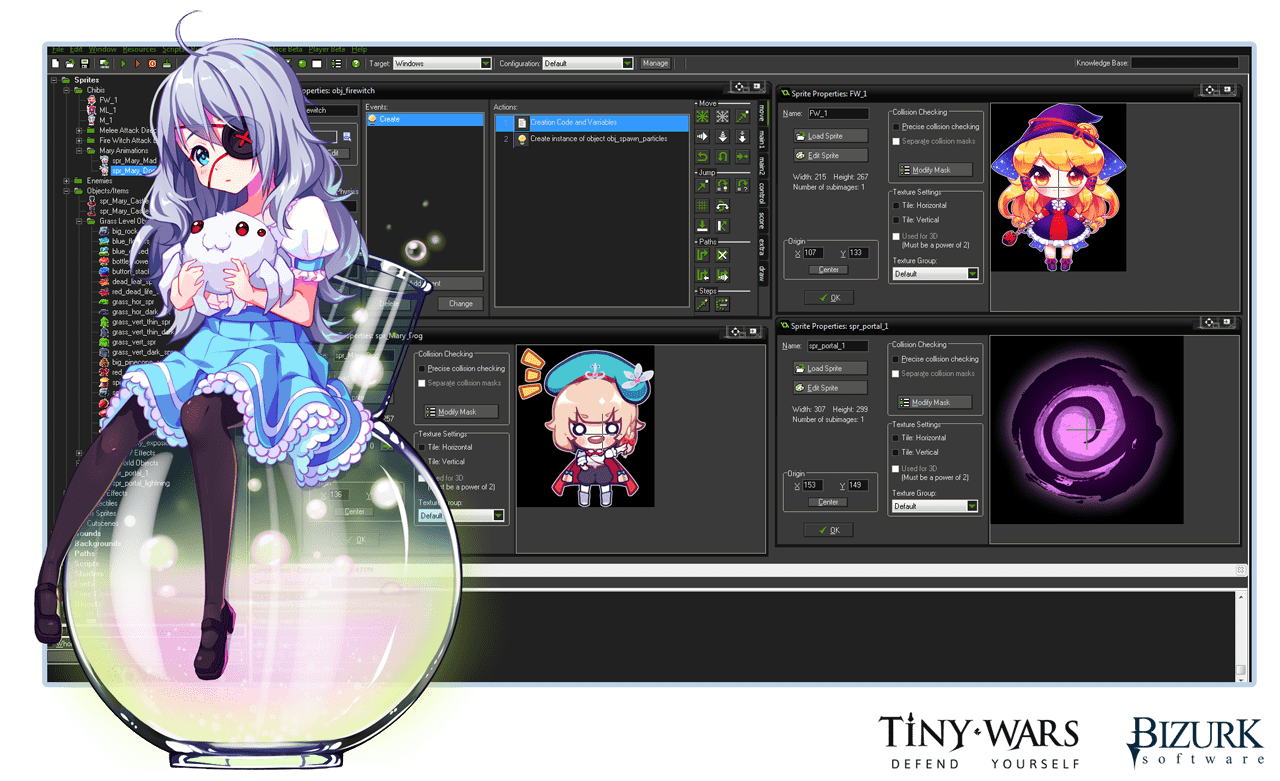
At this point, many of the musical and artistic assets were completed and there was no further work required from the rest of the teams in order to complete the first prototype.
When developing a game on a very slim budget, it was necessary to acquire as much of the assets as possible within a short period of time. The reason an “end product first” approach was necessary (and skipped any MVP stage) was strictly for budgeting purposes.
Developing unnecessary code or unusable art/music assets would be costly and time consuming and needed to be avoided. Creating highly detailed plans ahead of time was the only way to avoid this.
PHASE 3: Polishing the Game

POLISHING ANIMATIONS
Particle effects and frame by frame hand-drawn animations were chosen as the preferred visual style for this project.
The mix of real time generated particles with frame-by-frame animations allows every animation to feel unique while remaining relatively light weight.
Having bright and colorful animations at virtually every player interaction gives a rewarding and immersive gameplay experience. The player is rewarded with bigger and brighter animations when upgrades are made and progression continues.
CAREFUL SELECTION
Because this is both a desktop and mobile game, we were very careful to select an animation style that would be relatively lightweight while still giving a visual impact.
The mix of in-game generated particles and frame-by-frame animations really helps to add to the visual style while remaining relatively light weight. With the exception of a few touch specific controls, we wanted to make sure that the experience on the mobile versions of the game and the PC version were 1:1.
People playing the mobile version of this game should be able to experience the same fully featured game as people playing the PC version.
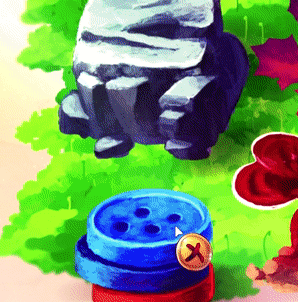

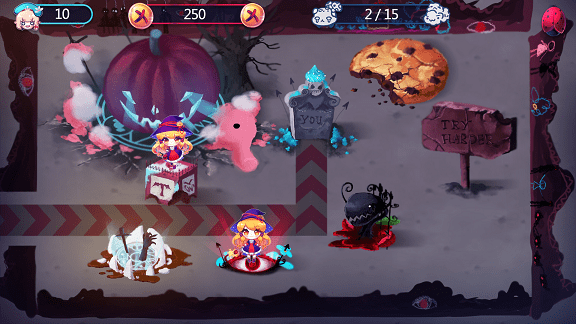

STORY
Of course, what’s a great game without a great story? The story of TinyWars was written in advanced, however even the story went through a refining process.
Unlike designing the game, designing and visualizing the story telling was an extremely challenging task. Unfortunately, some of the work that was put into the original cinematic of the game had to be scrapped for a more refined story telling angle.
This was the first story driven game that Bizurk has had the pleasure of working on and we hope you will enjoy it when it’s finally released!
FINISHING UP!
ALL DONE!
The TinyWars prototype was completed mid 2016. The “Tower Defense Engine” as we refer to it has been fully set up. All that is left is to continue adding content and levels to the game until the story has been told and the game is complete!
There’s still a lot of work, but at this point it is mostly content related.
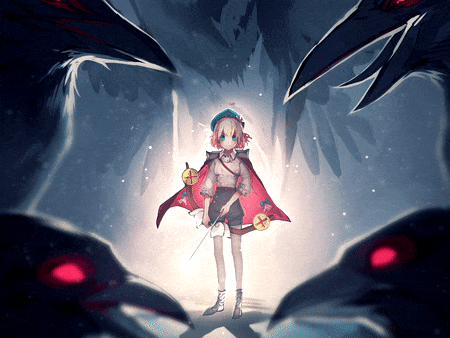
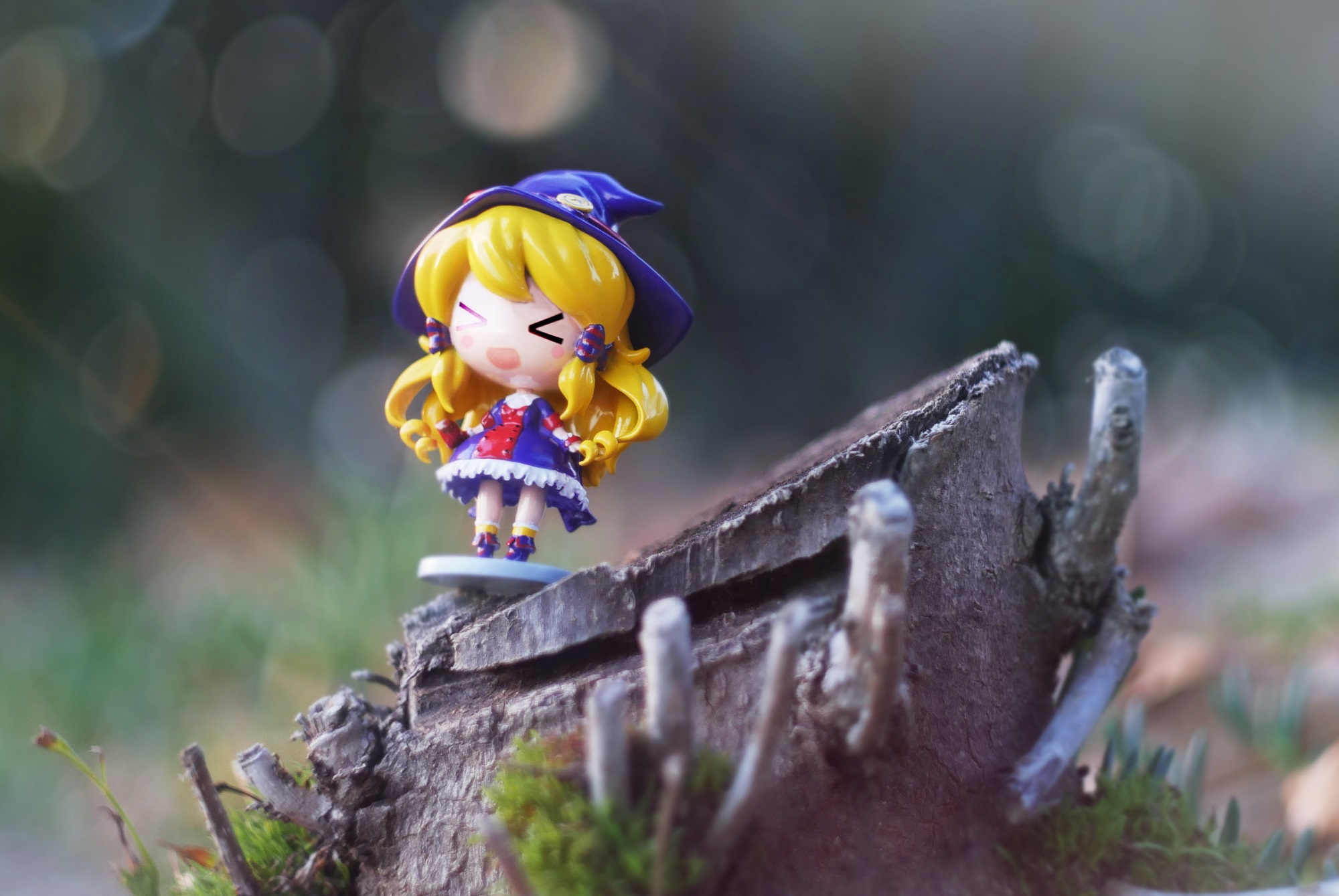
THE FIVE CHAPTERS OF THE GAME

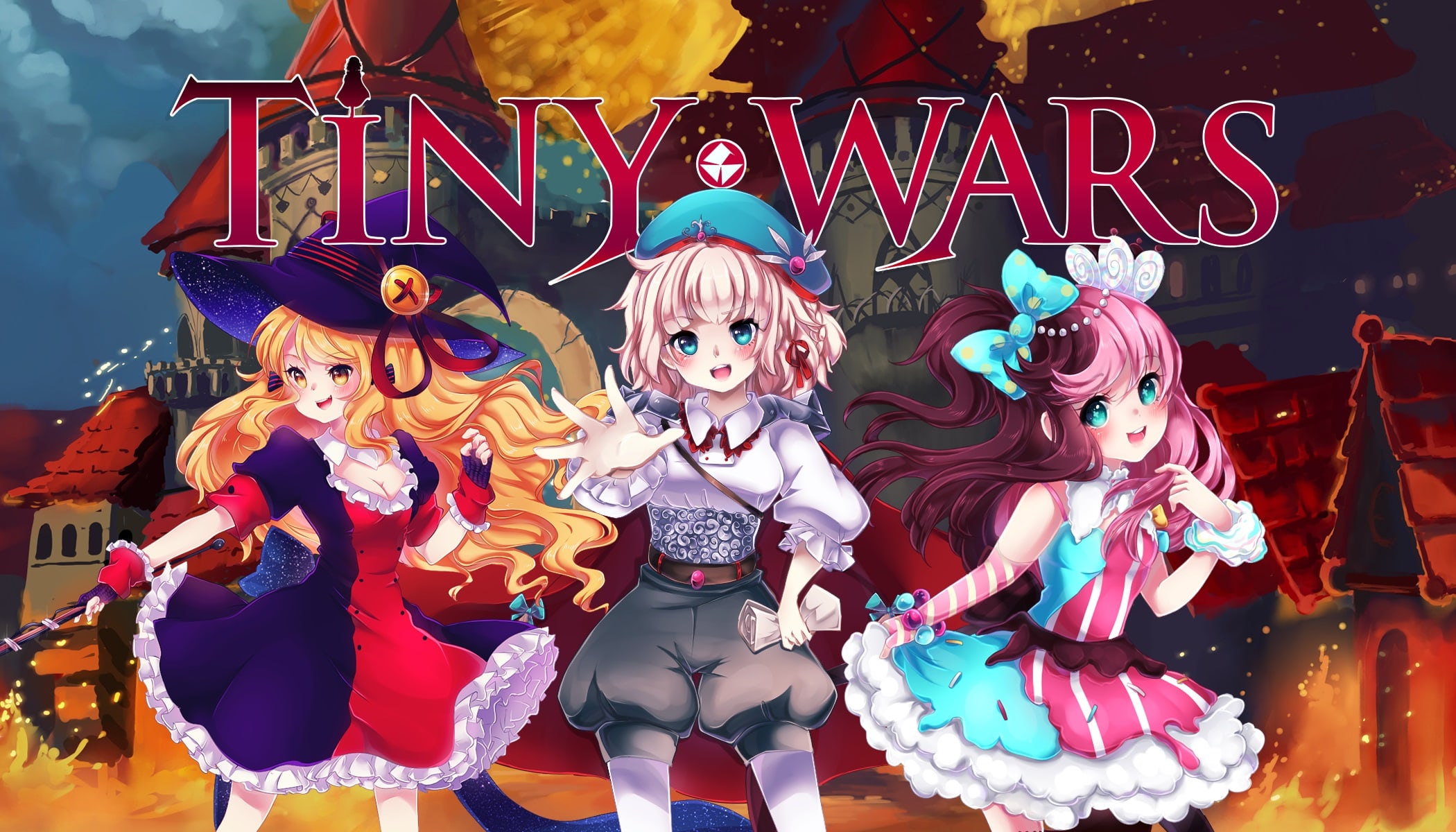
DEFEND YOURSELF
Of course, please feel free to visit the official TinyWars project website and view the credits for all the hardworking people who put their time and creativity into this project!

